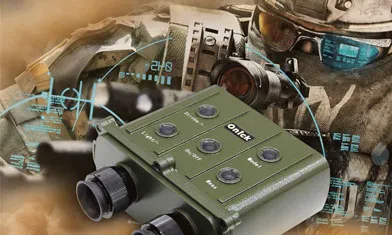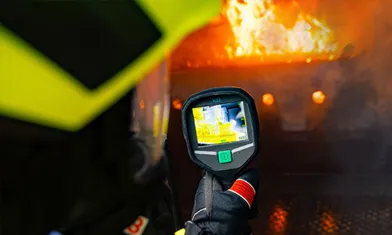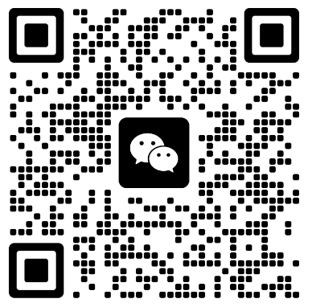Night Vision Binoculars Make Night Observation Clearer
Night vision binoculars transcend the limitations of the naked eye, enabling clear observation without the need for a light source. Active infrared and passive thermal imaging technologies each have their own advantages, with the latter offering greater stealth and capable of detecting temperature differences as small as 0.05°C. From wildlife observation to power line inspections, nighttime work efficiency is significantly improved. Domestic production is driving affordable prices, with products in the low-cost price range making professional night vision accessible.
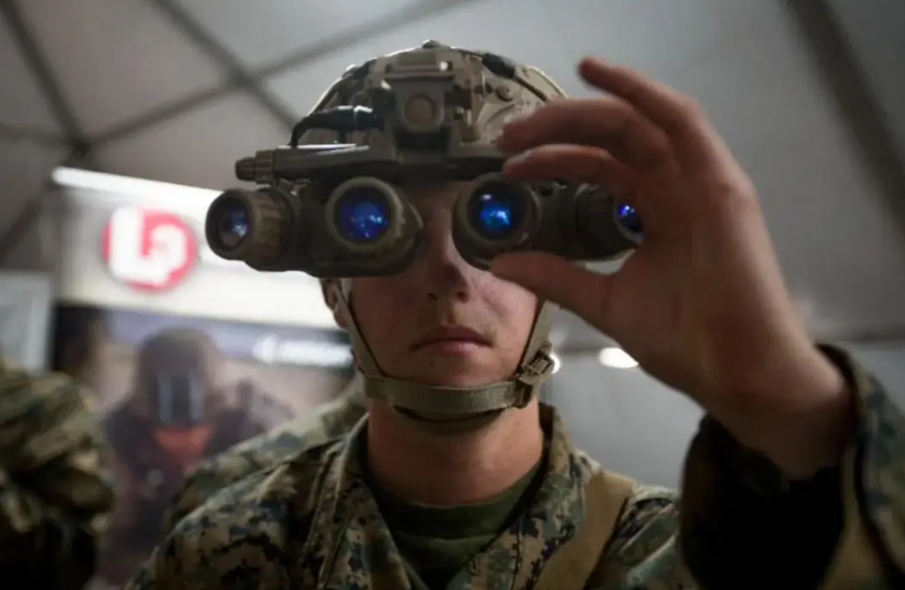
In low-light conditions at night, observing distant targets is often limited to the visible range of the naked eye. Traditional lighting tools like flashlights can provide localized illumination, but they can easily reveal the observer's position, and the strong light can interfere with natural night vision. Night vision binoculars address this issue through technological means. Their core advantage lies in achieving clear observation without relying on external light sources.
1. Comparison of Technical Principles
Night vision binoculars are primarily categorized into two technology approaches: active infrared and passive thermal imaging. Active infrared emits invisible infrared light and receives reflected signals to create images, making them suitable for completely dark environments but presenting the risk of being detected by similar devices. Passive thermal imaging relies on the infrared radiation emitted by an object itself, eliminating the need for an external light source and offering greater stealth. Take the thermal imaging telescope developed by onick Optics (Wuhan) Co., Ltd., for example. It uses a proprietary infrared detector chip that can detect targets with temperature differences as small as 0.05°C and maintains stable observation even in complex weather conditions such as rain and fog. In contrast, even with long exposures or high sensitivity settings, ordinary digital cameras struggle to capture effective images in extremely dark environments.
2. Adaptability to Application Scenarios
Night vision telescopes demonstrate unique value in outdoor nighttime activities. For example, wildlife observers must avoid disturbing animals, and traditional white light illumination disrupts natural behavioral patterns. Thermal imaging telescopes can clearly record the temperature distribution of animals from up to 30 meters away. Power line inspectors can use this device to quickly locate overheating nodes on transmission lines, significantly improving efficiency compared to manual point-by-point temperature measurement. In contrast, low-light-level night vision devices rely on weak ambient light, such as moonlight, and their performance degrades significantly in thick cloud cover.
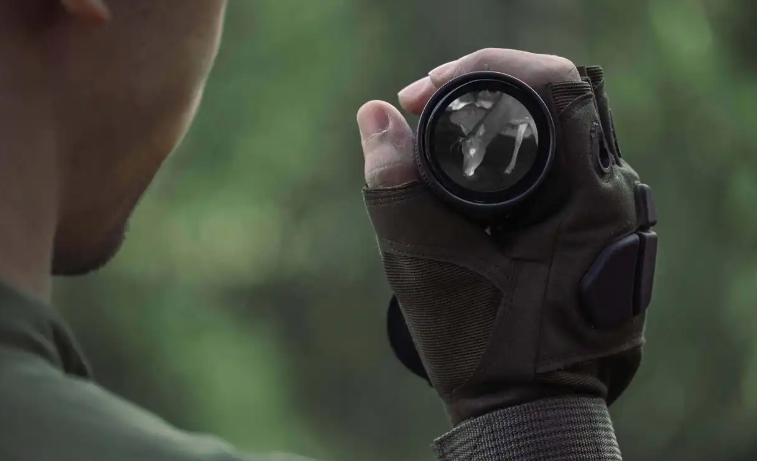
3. Cost and Popularity Trends
Early military-grade night vision equipment often cost tens of thousands of RMB. Onick Optics, through independent chip development, has achieved technological advancement, bringing the price of its civilian-grade products down to just over a thousand RMB. This offers a significant cost-effectiveness advantage compared to professional tools like laser rangefinders. It's worth noting that consumers often mistakenly equate a phone's night scene mode with night vision. In reality, the image brightening algorithm employed by phones results in a loss of detail, and the effective observation range typically does not exceed 10 meters.

4. Usage Precautions
Thermal imaging binoculars have limited penetration through transparent materials like glass, so observing targets behind windows requires additional methods. Battery life is also a consideration, with continuous operation times ranging from 4 to 20 hours. Consider modular battery designs when selecting a device. When storing data, it's recommended to retain a comparison chart of the original infrared information and visible light for later analysis.
With the increasing domestic production of infrared chips, night vision binoculars are expanding from the professional market to the mass market. This technological evolution not only transforms nighttime observation methods but also provides new solutions for working in low-light environments. When purchasing, users can find a balance between parameters such as resolution, field of view, and weight based on actual needs.


